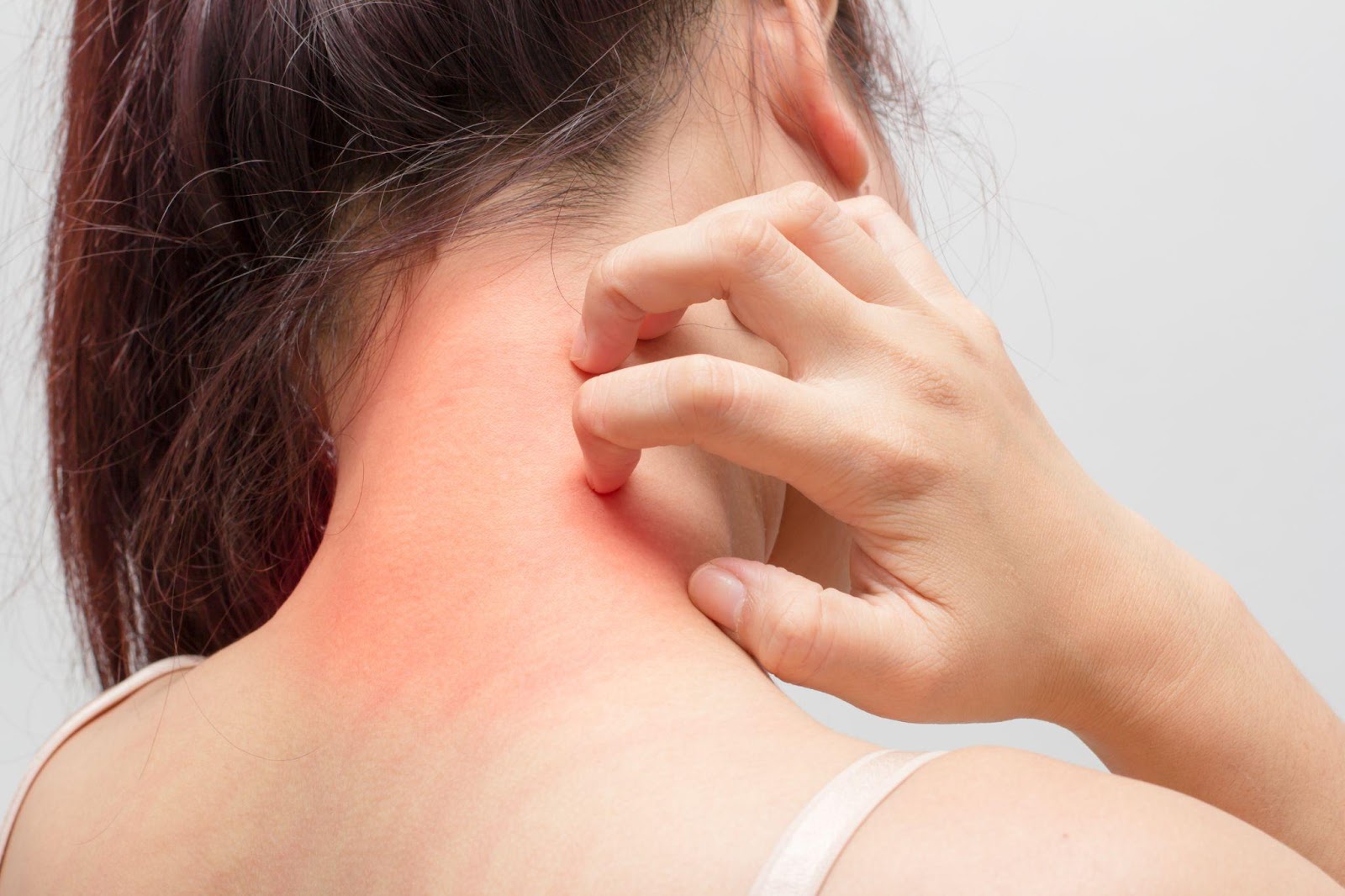Ask Ayurvedic doctor a question and get a consultation online on the problem of your concern in a free or paid mode. More than 2,000 experienced doctors work and wait for your questions on our site and help users to solve their health problems every day.
Shop Now in Our Store
Eosinophil Tablet – Benefits and Uses for Health Management

Introduction to Eosinophil Tablet
An Eosinophil tablet is a medicinal formulation often used to address issues related to eosinophils, a type of white blood cell involved in allergic reactions, asthma, and other immune responses. The tablet typically contains ingredients aimed at reducing inflammation, controlling allergic reactions, and regulating immune system responses. Eosinophilia is a condition where there is an increased number of eosinophils in the blood, which can lead to symptoms like asthma, skin rashes, and digestive issues. Eosinophil tablets are commonly prescribed to manage such conditions by stabilizing immune function and alleviating inflammation.
What Are Eosinophils and Their Role in the Body?
Eosinophils are a type of white blood cell that play a crucial role in the body’s immune response. They are primarily involved in the body’s defense against parasites, and they also play a significant role in allergic reactions and asthma. When the body is exposed to an allergen or an infection, eosinophils are activated and release substances that help to fight off the invading pathogens. However, an overproduction or dysregulation of eosinophils can lead to eosinophilia, which may cause inflammation and tissue damage, particularly in the lungs, skin, and gastrointestinal system.
Uses of Eosinophil Tablet
1. Managing Allergic Conditions
Eosinophil tablets are often used to treat conditions caused by excessive eosinophil activity, such as allergic rhinitis, eczema, and allergic asthma. By stabilizing the immune response and reducing inflammation, these tablets help to control the symptoms of allergies, such as sneezing, itching, skin rashes, and difficulty breathing.
2. Treatment for Asthma
Asthma is a chronic condition where inflammation in the airways leads to difficulty breathing. Eosinophil tablets are used in asthma management to reduce airway inflammation, prevent asthma attacks, and improve lung function. They help decrease the number of eosinophils in the respiratory tract, which in turn reduces the severity of asthma symptoms.
3. Addressing Eosinophilia
Eosinophilia is a condition characterized by a higher-than-normal number of eosinophils in the blood. This condition can lead to inflammation and damage in organs such as the lungs, skin, and gastrointestinal tract. Eosinophil tablets can help regulate eosinophil levels and prevent further complications associated with eosinophilia.
4. Treating Skin Disorders
Conditions like eczema or psoriasis, which are influenced by abnormal immune responses and high eosinophil levels, may also benefit from the use of eosinophil tablets. The tablet helps to reduce skin inflammation and irritation caused by the immune system's overreaction.
5. Supporting Immune Function
Some formulations of eosinophil tablets may also help to support general immune system function by regulating the production of white blood cells and modulating the body's inflammatory responses.
How Eosinophil Tablets Work
Eosinophil tablets contain anti-inflammatory agents, corticosteroids, or immune-modulating components that help to reduce the overproduction of eosinophils in the body. These ingredients work by:
- Reducing inflammation in the airways, skin, and gastrointestinal tract.
- Modulating the immune system to prevent an overreaction to allergens or pathogens.
- Preventing the damage caused by excessive eosinophils in tissues and organs.
- Relieving symptoms such as itching, breathing difficulties, and skin rashes.
By regulating the number of eosinophils, these tablets prevent them from causing unnecessary inflammation and tissue damage in the body.
Recommended Dosage of Eosinophil Tablets
The recommended dosage for Eosinophil tablets varies based on the specific condition being treated and the severity of symptoms. The dosage should always be determined by a healthcare provider, who will consider factors such as age, overall health, and the specific medical condition being managed. However, typical recommendations may include:
- Adults: 1 to 2 tablets daily, depending on the condition.
- Children: Dosage should be prescribed by a pediatrician based on age and weight.
It is crucial to follow the healthcare provider's instructions carefully to avoid any side effects or complications.
Potential Side Effects of Eosinophil Tablets
While eosinophil tablets can be effective in managing eosinophil-related conditions, they may also come with some potential side effects. Common side effects can include:
- Gastrointestinal discomfort, such as nausea or upset stomach.
- Headache or dizziness.
- Skin reactions, such as rashes or allergic reactions.
- Immunosuppression, which could make the body more susceptible to infections.
- Weight gain or fluid retention in some cases (if corticosteroids are part of the formulation).
It is important to monitor for any adverse effects and inform a healthcare provider if they occur. In some cases, adjustments in dosage or medication may be necessary.
Frequently Asked Questions for Eosinophil Tablets
What are eosinophil tablets used for?
Eosinophil tablets are used to manage conditions related to high eosinophil counts, including allergic asthma, skin disorders like eczema, and eosinophilia. They help regulate the immune response, reduce inflammation, and improve symptoms such as breathing difficulties and skin rashes.
How do eosinophil tablets help with asthma?
Eosinophil tablets help reduce inflammation in the airways, which is a major contributor to asthma symptoms. They stabilize the immune response and decrease the number of eosinophils in the respiratory tract, leading to fewer asthma attacks and improved breathing.
Can eosinophil tablets be used for skin conditions like eczema?
Yes, eosinophil tablets are effective in managing skin conditions like eczema, where eosinophil activity contributes to inflammation. The tablets help reduce skin irritation and inflammation, providing relief from symptoms.
What should I do if I miss a dose of eosinophil tablets?
If you miss a dose, take it as soon as you remember. If it's almost time for your next dose, skip the missed dose and continue with your regular schedule. Do not take two doses at once to make up for a missed dose.
Are there any dietary restrictions while taking eosinophil tablets?
There are no specific dietary restrictions associated with eosinophil tablets. However, it is advisable to maintain a balanced diet and avoid foods that might trigger allergic reactions, depending on your individual health condition.
Can eosinophil tablets be used long-term?
Eosinophil tablets can be used long-term under the supervision of a healthcare provider, especially for chronic conditions like asthma or eczema. However, long-term use may require regular monitoring for side effects or complications.
What are the side effects of eosinophil tablets?
Common side effects of eosinophil tablets include gastrointestinal discomfort, headaches, skin reactions, weight gain, and immune suppression. Always inform your healthcare provider of any side effects you experience.
Conclusion & Expert Insights
Eosinophil tablets are an essential tool in managing eosinophilia, allergic conditions, and asthma by regulating eosinophil activity and reducing inflammation. By supporting the immune system and preventing excessive tissue damage, these tablets can significantly improve the quality of life for individuals suffering from these conditions. However, as with any medication, it is important to use eosinophil tablets under the guidance of a healthcare provider to ensure they are used safely and effectively.
References & Further Reading
- Journal of Allergy and Clinical Immunology for research on eosinophil management.
- Asthma and Immunology Research for studies on treatments for eosinophilic asthma.
- National Institutes of Health for guidelines on managing eosinophilia.
This article is checked by the current qualified Dr. Harsha Joy and can be considered a reliable source of information for users of the site.



